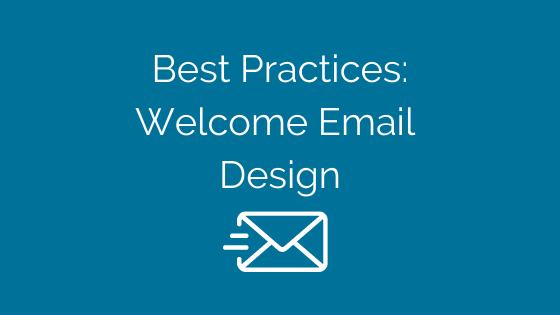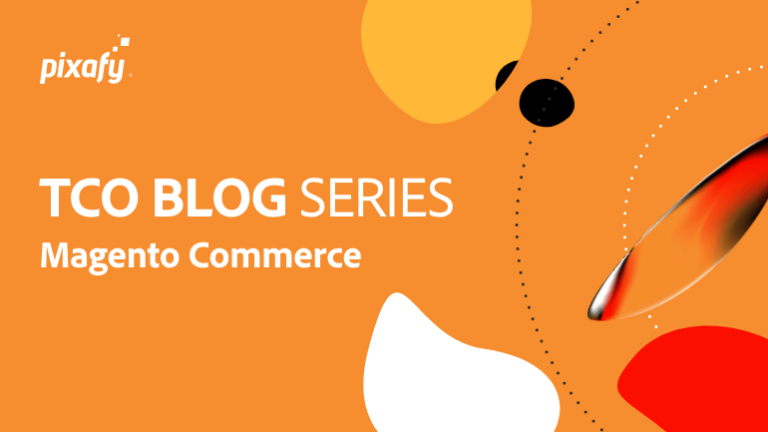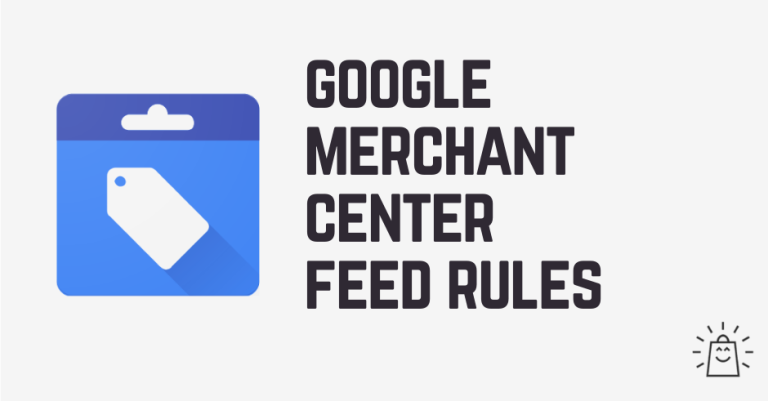Last Updated on December 2, 2020
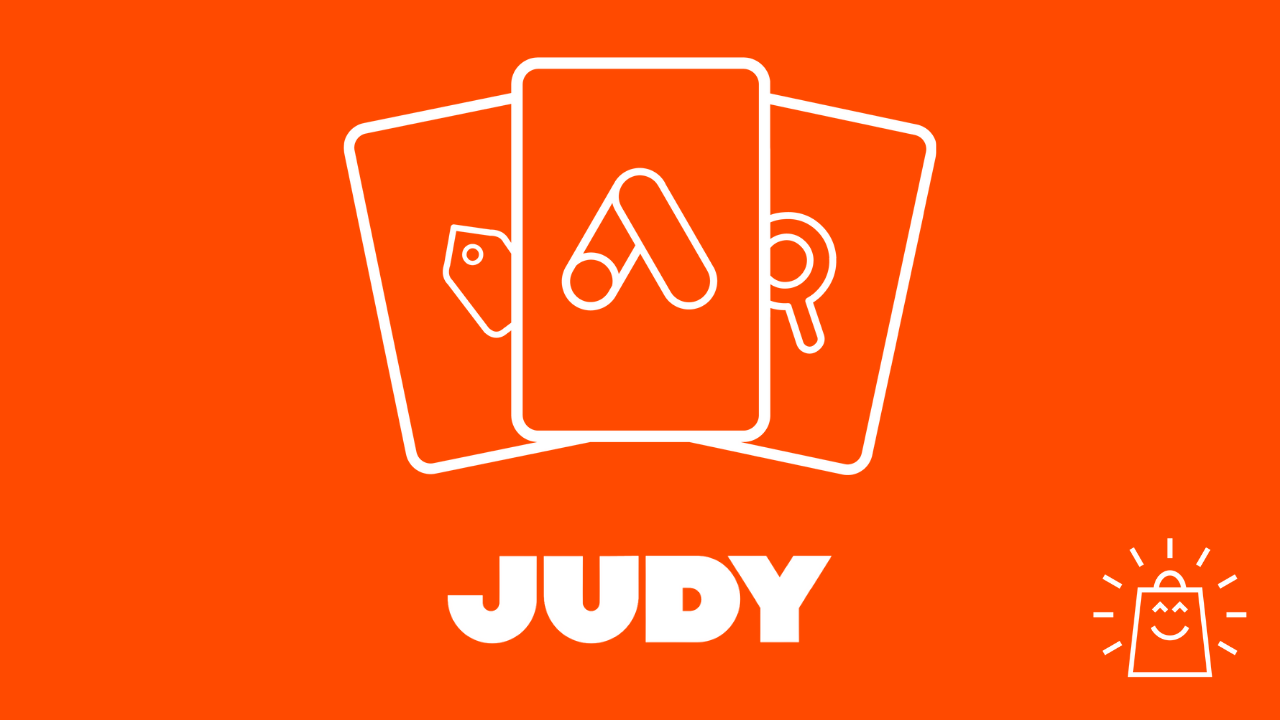

Today, we’re breaking down the Google Ads strategy of Judy, a business that sells emergency kits.
With plenty of emergencies hitting the USA in 2020, COVID, forest fires or hurricanes, this is a product category that’s pretty top of mind for a lot of people.
The survival and emergency preparedness niche is pretty popular in the US, so there are plenty of established players. Judy attempts to stand out from the crowd by focusing heavily on the design.
We’ll start with a quick intro, but then get into the juicy details. As with other teardowns, we’ll look at how much Judy spends on Google Ads, how they spend it and what kind of returns they are hitting!
Table of Contents
What is Judy?
Judy sells emergency kits that contain emergency supplies like batteries, flashlights, blankets, gloves, water, etc.


The business launched early 2020, just in time for COVID.
With people stockpiling toilet paper and supermarket shelves being emptied, they got pretty lucky with the timing!
Judy The Business
The most distinct part of this company and products is its design. The bold orange color and minimalist approach to the packaging and its contents help it to stand out from competitors.
Let me show you the difference between the top emergency kit, and Judy:
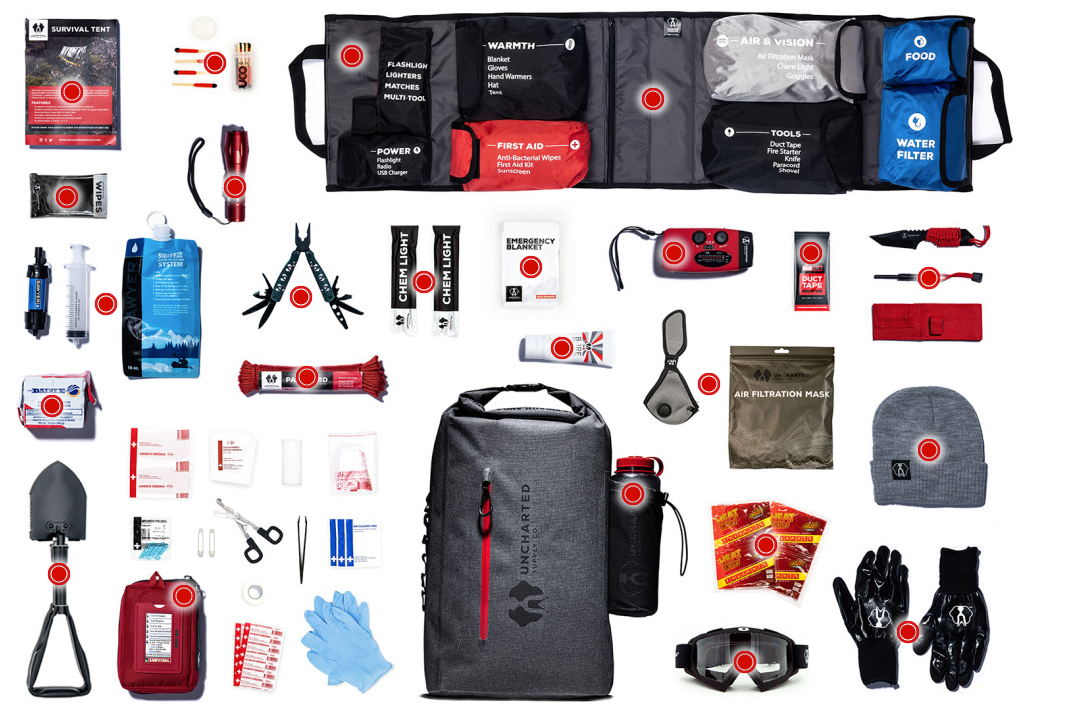

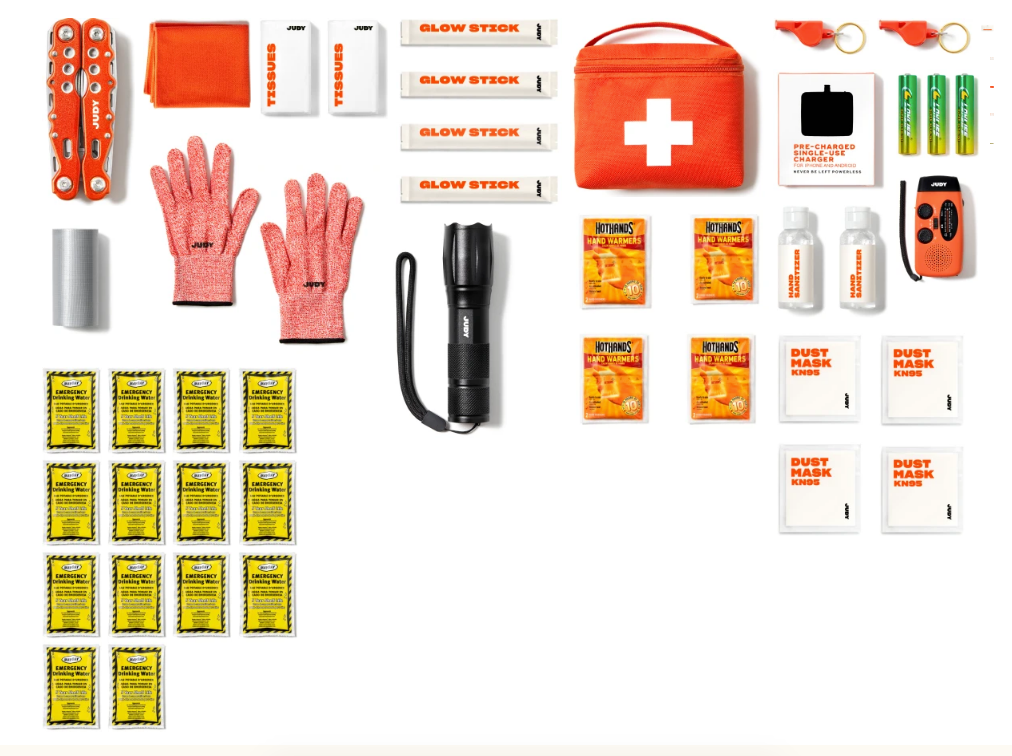

Red Antler, a top Silicon Valley branding agency is responsible for the design. Having worked for other DTC darlings like Casper and Birchbox, they know what’s needed when it comes to branding and design at the highest level.
That expertise doesn’t come cheap. That’s why they often take equity instead of charging for their work.
Judy also tries to tap into the current culture.
When Netflix launched popular show called Tiger King, Judy released a special edition “to protect against tigers”.
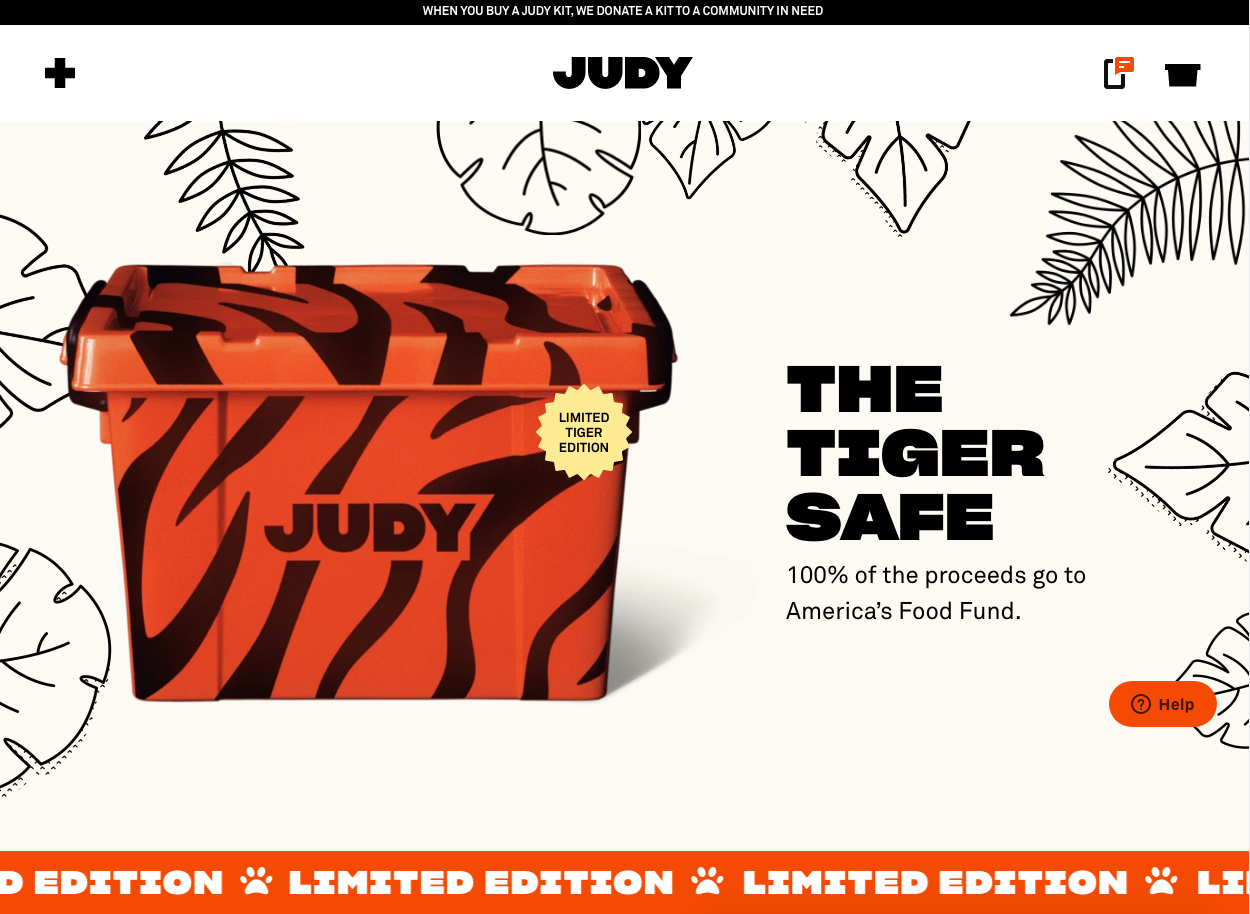

They donated the proceeds to charity, but I don’t doubt that it helped them to pick up some additional press.
When COVID-19 hit shortly after they launched, they launched a product called The Safety with masks, gloves and hand sanitiser.
Judy Site Analysis
The business has only been around since the beginning of 2020 and they have changed domains in June 2020. (They used to be as readyjudy.com)
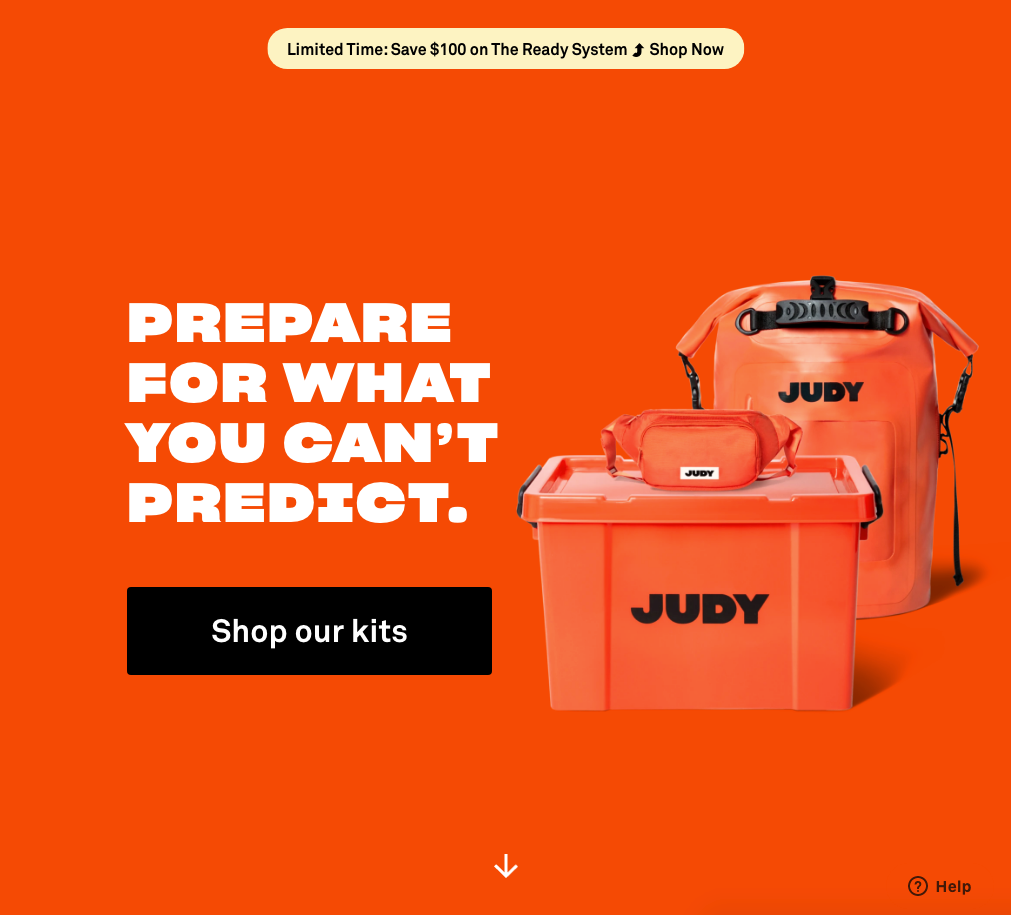

Because the domain is so young it’s hard to estimate traffic numbers etc. (Many of my usual tools and tricks don’t work 😅)
So instead of sharing raw numbers (in this section), I want to share some interesting things I discovered about this brand.
Nik Sharma, an ecommerce expert that was involved in the Judy launch, actually laid out the whole launch strategy in a presentation.
Here is for example what they’re doing on Facebook and Instagram:
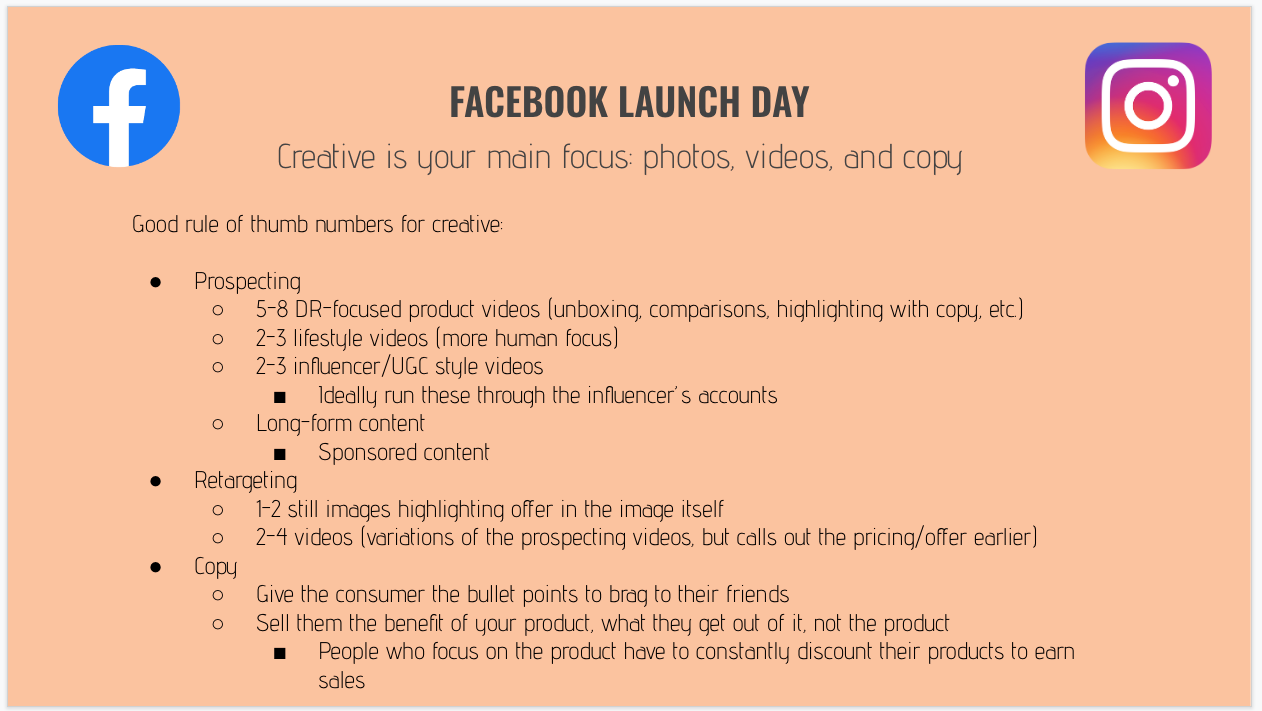

Fascinating stuff! Be sure to check the full DTC101 presentation, including details on their other channels.
Now let’s explore the reason why you started reading this article, we’ll take a look at what Judy spends on Google Ads and what they make from it.
Judy Google Ads Campaigns
The approach Judy takes to Google Ads is a pretty straightforward one:
- Capture branded searches generated by other efforts (PR, influencers, Facebook Ads, etc.)
- Capture highly relevant non-branded searches
This shows in the analysis below, where a big part of the budget is put toward branded campaigns.
This is what Judy has spent in October 2020:
| Ad Spend | Clicks | CPC | |
| Search Ads | $14,000 | 11,666 | $1.2 |
| Shopping Ads | $20,000 | 30,769 | $0.65 |
| TOTAL | $34,000 | 42,435 | $0.8 |
Note: I had to do a lot of guesswork to pull these numbers together and I’m not very confident about their accuracy. But I do believe the direction of the analysis is correct!
Source for these numbers: Google Keyword Planner, Semrush, and my benchmarks collection.
Google Search Ads
In the presentation I mentioned above, they also outlined their approach to Search Ads.
They are focusing on three buckets:
- Branded: keywords like “judy” or “judy kit”
- Non-Branded: product related keywords like “emergency kit” or “survival supplies”
- Contesting: keywords that include competitor brand like “seventy2” or “red cross emergency kit”
So let’s see how they perform in each of those groups.
1 – Branded paid search
Branded clicks account for 80% of the Search Ads budget.
Top 3 branded keywords:
- judy
- judy emergency kit
- judy kit
Nothing surprising here.
Search Ads
Let’s take a closer look at their advertisements.
Ad #1:
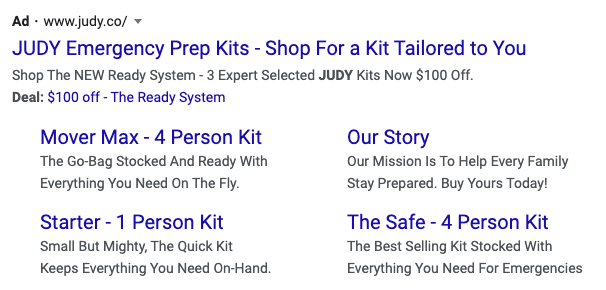

What is interesting to this ad are the different offers. The ad text sells the kit, while the sitelinks push people to one of the three main products.
There also is a promotion extension, showing $100 off.
Ad #2:


This second ad is a lot less product focused. In the ad text, the focus on their main selling point, being digitally connected and having SMS notifications.
They also mention their charity initiative: donating a kit to people in need with every purchase.
This is probably a Responsive Search Ad, giving room to more content that can be pushed, but the character limit is cutting the message off.
Ad #3:
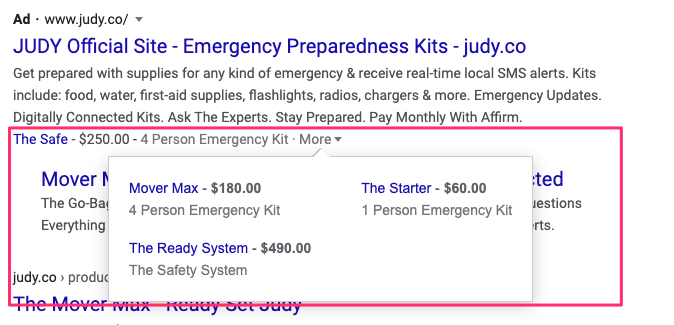

This third example shows the price extensions for the different products, including the bundle.
Landing page
Most brands that we’ve covered in this series send traffic to their homepage, category, or product pages.
Judy also does that, but they take more of a landing page approach to every page they send traffic to. (Can’t imagine this is any different with their Facebook ads)
The collections page is normally a simple category page that shows the products. But here is what theirs looks like:
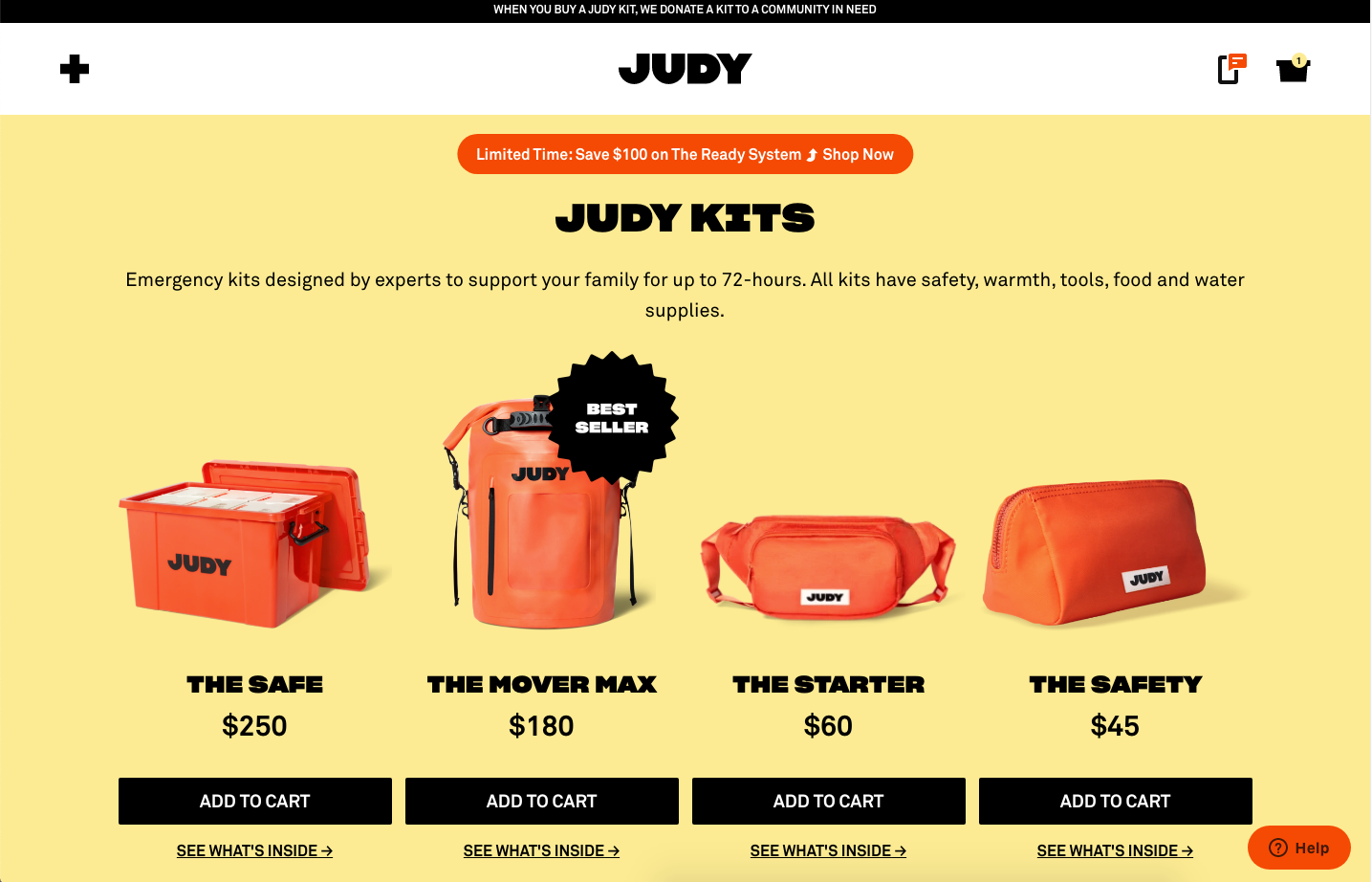

The first thing that stands out is how the different products are laid out. This layout resembles a pricing grid that you would see when you’re buying software.
Notice how they also use a psychological trick called price anchoring, where they first show the most expensive product for $250, and then show the cheaper options after.
A normal category page stops there, but this landing page stacks a couple of additional sections below.
A section on what’s inside:
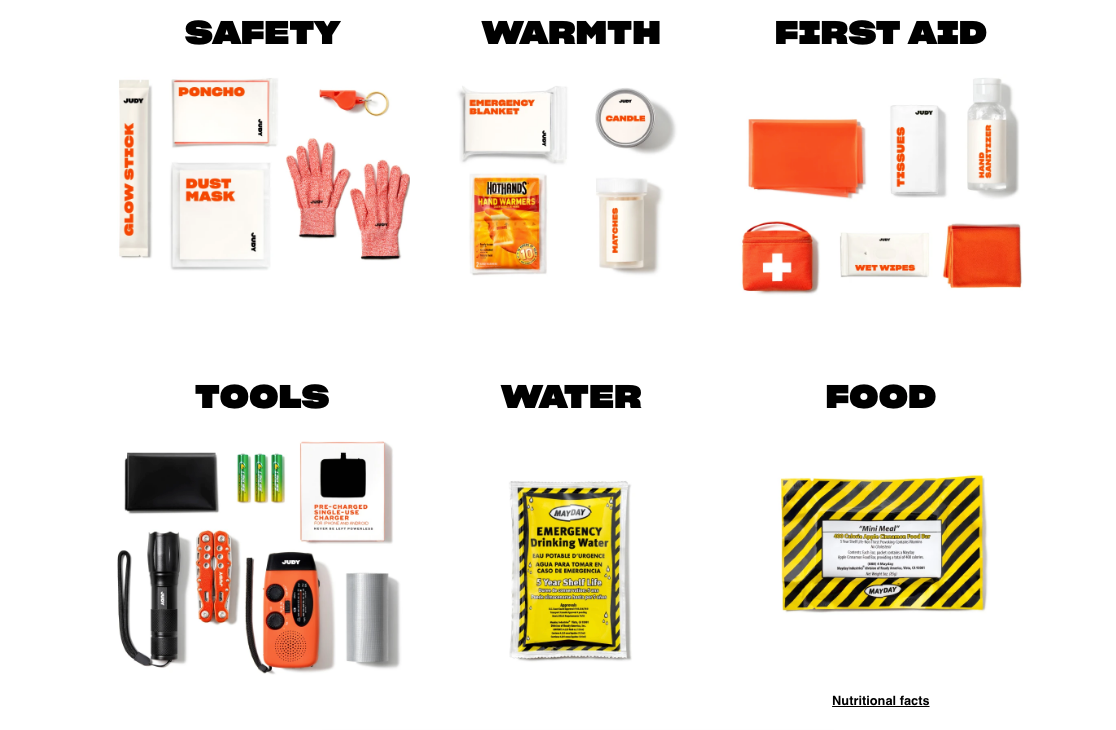

A section with testimonials:
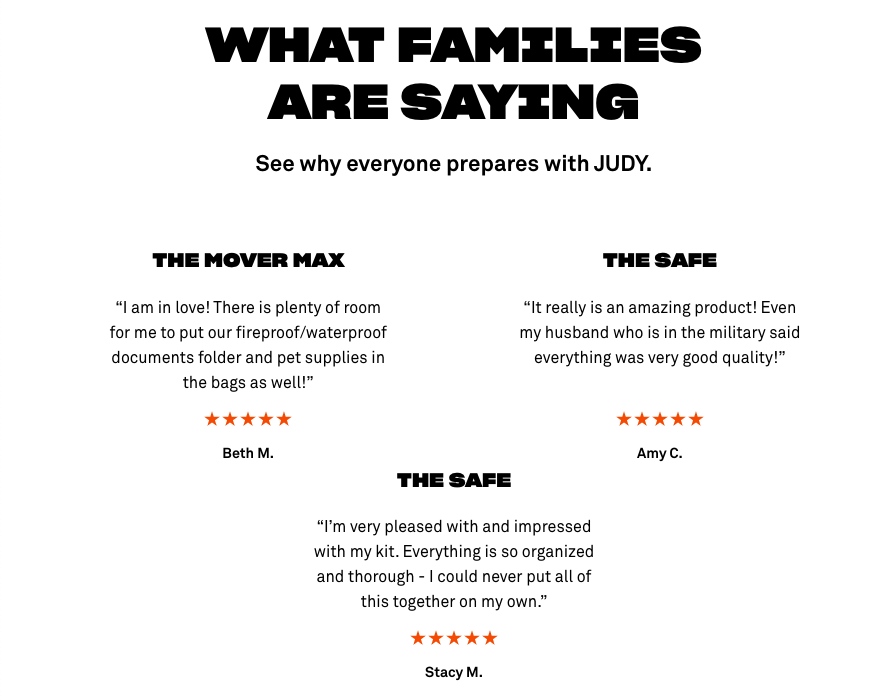

For the branded campaigns, these pages help to reinforce what the brand is about.
I also discovered that they are still experimenting to find the best landing page to send their paid traffic to. Here is an example where they are testing their homepage next to page or to a special landing page (which I’ll cover below in more detail):


They are able to test this by using two ads in the same ad group, each with a different destination URL.
But the real edge of these pages shows in their effectiveness with people that don’t know the brand yet.
2 – Non-branded paid search
Let’s take a look at the most popular non branded keywords.
Top 10 unbranded keywords
- emergency kit
- survival kit
- emergency preparedness kit
- emergency supplies
- earthquake emergency kit
- preparedness kit
- earthquake emergency kit
- earthquake help
- emergency kit for typhoon philippines
- fire evacuation bag
In the overview, I mentioned that Judy splits its non branded keywords into two groups: product related and competitor related, their “contesting terms”.
This whole top 10 is all about broad keywords that describe their products, along with a couple of more specific ones around earthquakes, fires and typhoons.
For the competitor terms, we have to dig a bit deeper.
In the past, I can see that they have run ads on a direct competitor like “seventy2 survival kit” and even “costco emergency preparedness kit”.
Today they seem to have dialed back spend on those keywords, I only see “red cross emergency kit”.
This isn’t that surprising. I’ve got many clients where we trial this approach (Search Ads on competitor brands) and have to conclude that these searches don’t bring enough return.
When it comes to Shopping Ads, Judy is showing for almost all competitor searches, more on that later in this article!
But first, let’s look at their ads for non branded search.
Search Ads
Like with the branded Search Ads, they make pretty good use of all the available ad extensions.
In the ad below you can see callouts, sitelinks and price extensions.


One improvement could be to use structured snippets to display some of the contents of their kit.
One interesting approach they use in some of their ads is to push their payment plans:


Then on their site, you can see the payment plan in action (it’s actually $16/mo now).
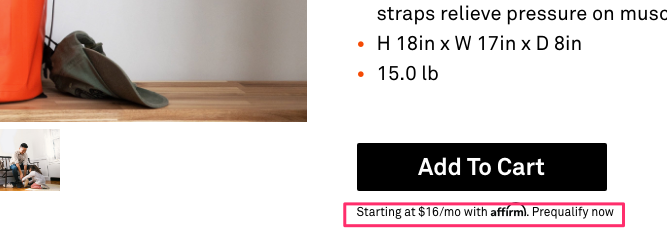

Clicking that small link shows the possible payment plans from Affirm:
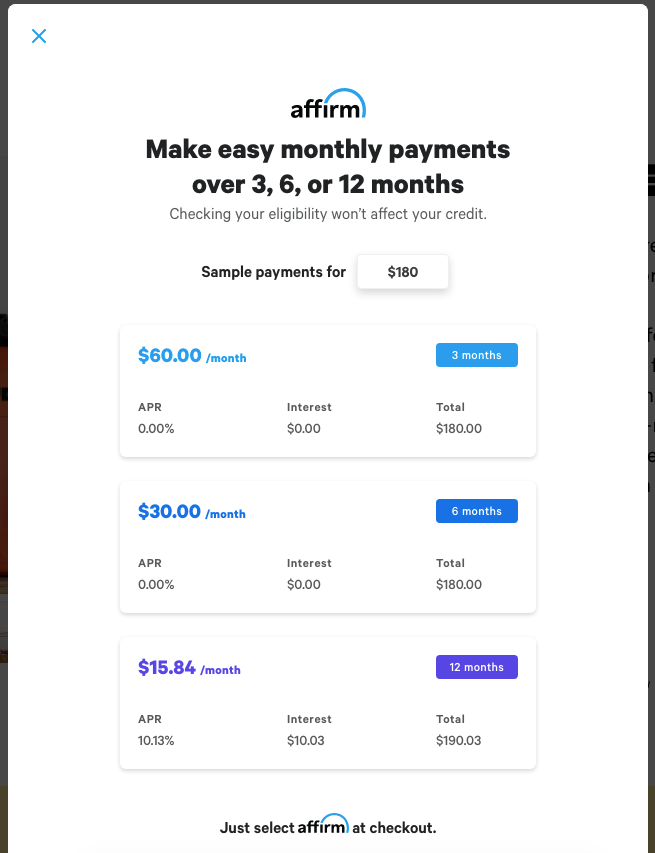

Being in the $200 range, their products aren’t impulse buys. Advertising small monthly payments makes the product seem more affordable, which might convince more people to purchase.
A simple tactic to make your Search Ads more relevant is to repeat the search query in your ad. You usually add that to your Headlines and Descriptions, but you can add it to the Path, the URL part.
In the ad below, Judy re-uses a slight variation of “emergency preparedness” in Path 1 and Path 2 fields:


Landing pages
We already saw that Judy takes a unique approach with their landing pages.
They don’t just play around with the design to make it more effective, they also actively test different offers.
Their main experiment puts a bundle next to the individual products. The goal here is obvious, to drive up the AOV. Because if a customer spends more on average, Judy can spend more on acquiring more customers.
You can see that this is a pretty important experiment, because every page of their site literally has a button to this kit:


Let’s explore how this plays out on one of their landing pages:
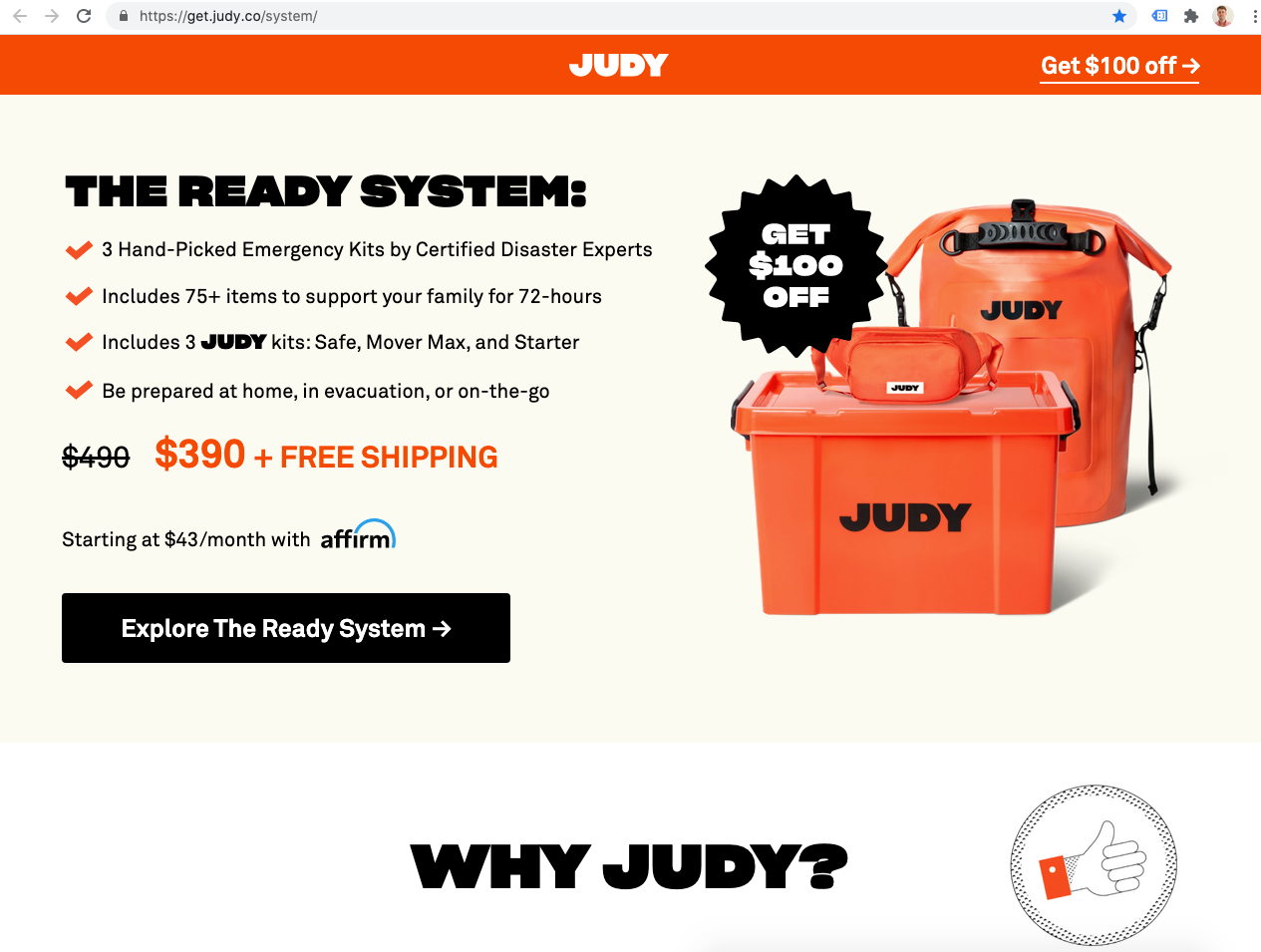

First of all, notice how this page is actually a subdomain:


This is actually a subdomain that’s hosted by Unbounce. That’s a landing page building tool that allows you to quickly spin up, and test different pages. A lot easier compared to doing that on your main marketing site.
This particular page is very well written and designed.
It starts out with all the benefits people will get, and then clearly states the offer: $390 plus free shipping offer, a $100 discount. (Again available in monthly payments)
But that’s only the start. The rest of the page works pretty hard to overcome all objections and convince people to buy.
They’re also using Hotjar. This is a tool that takes visitor screen recordings and generates heat maps to figure out how visitors are interacting with the page. Because it is such a long page, it can show where people are trailing off, and give ideas on how to overcome these problems.
I want to highlight one part that I really liked, a comparison table:
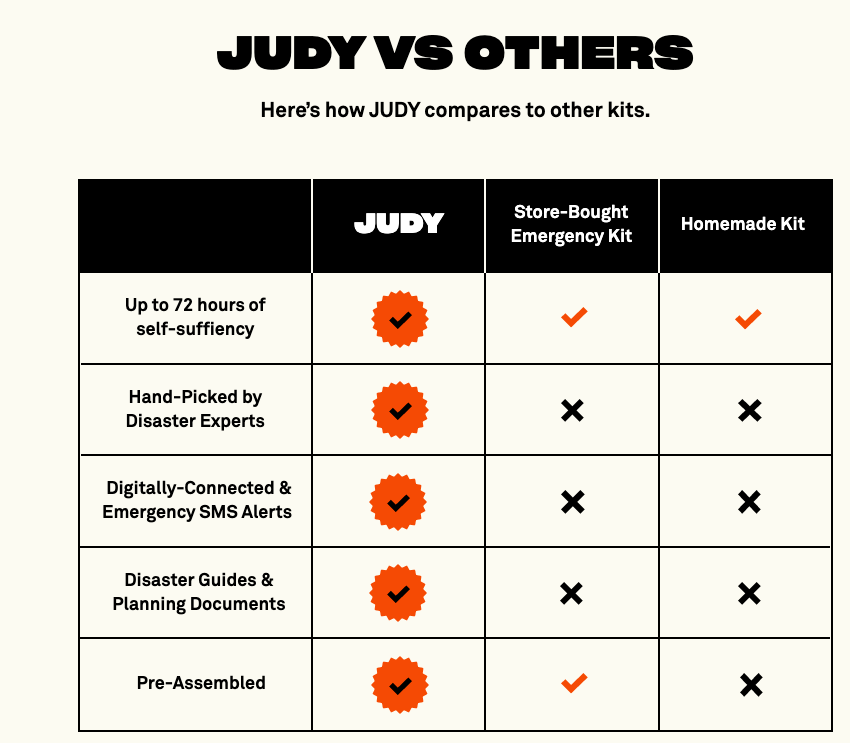

This biased comparison doesn’t tell you anything new, but it shows that Judy is great at everything.
Your homemade kit probably can’t compete with features like “Hand-Picked by Disaster Experts” or “Digitally-Connected & Emergency SMS Alerts”.
And that’s why it costs $390.
I suggest you have a look at all the things that are happening on that page, it can definitely help you improve your own landing pages.
To finish the section, I wanted to share another slide from the presentation I mentioned earlier. It goes more into detail on how these ecommerce landers are structured:
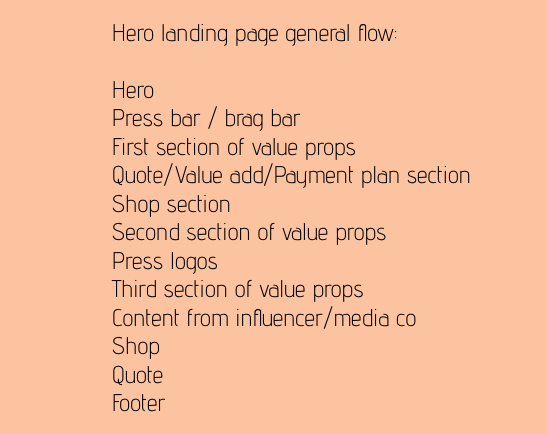

Google Shopping Ads
This section is a little lighter than I would have liked to. Because the domain is so new, none of my usual tools have been able to pick up information on their Product Listing Ads.
So instead of an in-depth rundown of the search queries, I want to highlight a couple of things that stand out.
Shopping search queries
Judy is a lot less restrictive for what kind of search queries they’re appearing for.
Besides the brand, they are showing product ads for a lot of non-branded search queries, including a lot of competitors.
Like this search for “costco emergency kit”:
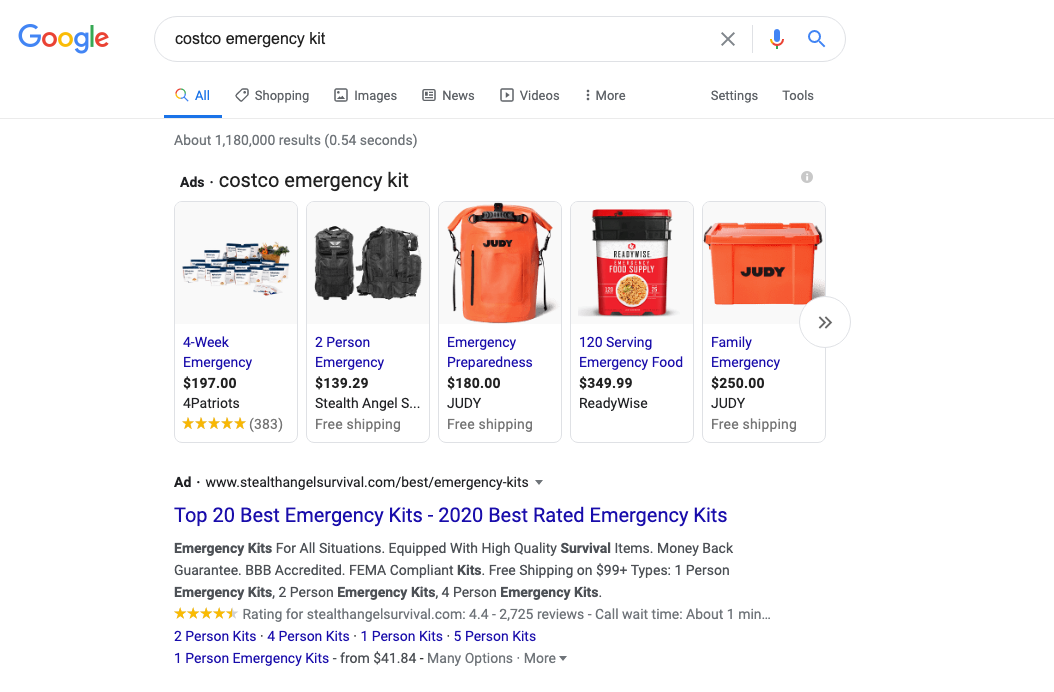

While Judy is not advertising on “the seventy2 system”, one of their main competitors on Search, they are showing up in the Shopping Ads:
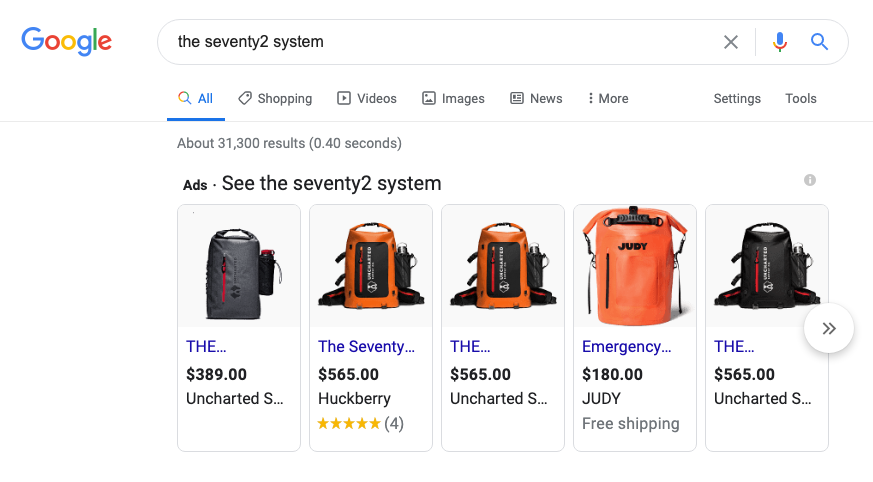

This makes a lot of sense. With Shopping Ads, all the products are presented next to each other, making it easy to compare based on the design and price. With Search Ads, you first need to get people to click before they can start comparing.
That’s why I often see Shopping ads for competitors do ok, while the Search Ads are a lot less effective.
Product Title Optimization
I already talked about the unique design that Judy uses.
They also do this when it comes to their products naming:
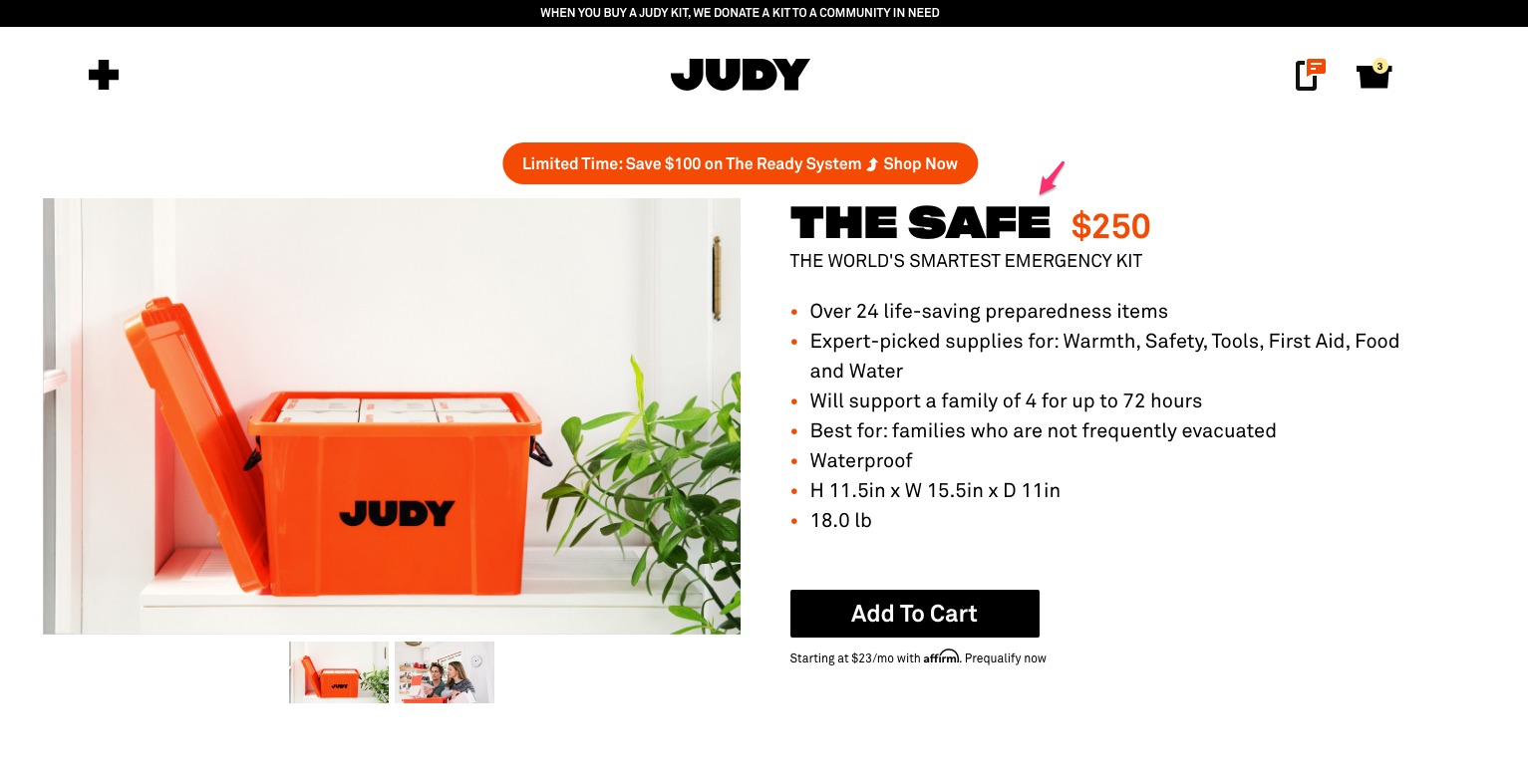

The product page on their site is short and sweet: The Safe.
That’s a good title if you can add the other copy (like the subtitle) to it.
But when it needs to stand on its own, that title falls short.
That’s why they’ve adapted their SEO product title to be a bit more descriptive. Here is what that looks like if you saw this page in the Google search results:
“The Safe | 4 Person Emergency Preparedness Kit | Ready Set Judy”
But when it comes to the product titles in their product feed, they’re taking it a step further:
“Family Emergency Preparedness Kit | 72 Hour Safety, First Aid, Food, Water, Warmth, & Tools | The Safe from JUDY”
This long title adds a couple of keywords that really increase the visibility of this product.
This will help generate more impressions and more clicks vs the “pure” product title.
But this isn’t the only product that Judy sells. So let’s see how they’ve optimized the product titles for each of their individual products:
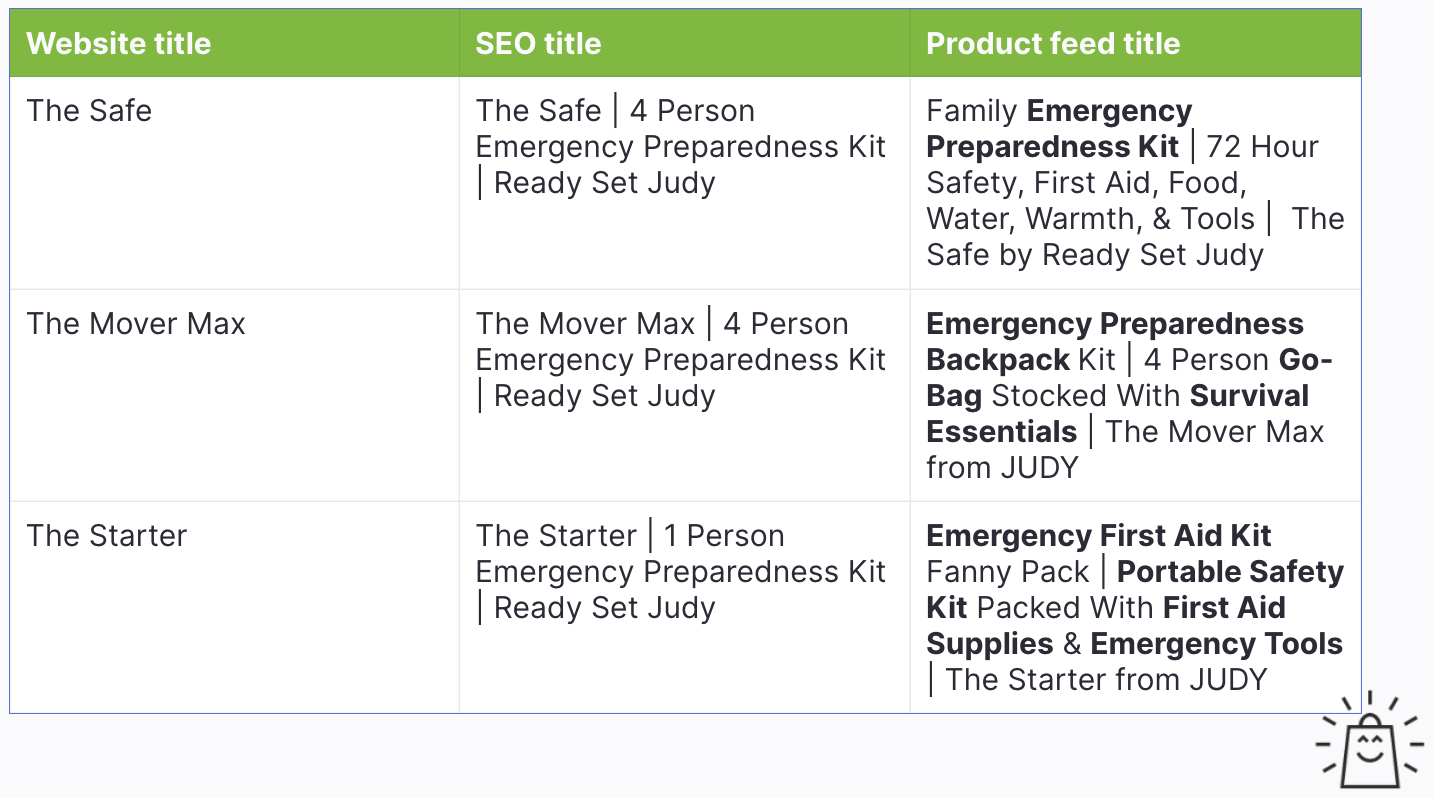

All of their products are emergency kits, but with the product title optimization, they push each product forward for a specific set of search queries:
- emergency preparedness kit – 5,400 searches/mo
- emergency preparedness backpack – 100 searches/mo
- go bag – 12,100 searches/mo
- 4 person go bag – 90 searches/mo
- survival essentials – 1,000 searches/mo
- emergency first aid kit – 880 searches/mo
- etc.
[embedded content]
Geographic targeting
While Judy is running Search Ads in Canada, I couldn’t find any Canadian Shopping Ads. Part of that might be due to any tax and currency conversion issues that might limit their visibility.
Adding a feed in Canadian dollar can help them to make sure they also show up as part of the free product listings.
Google Display Ads
I couldn’t find any display campaigns that are currently running.
But I did find a couple of ads that they ran in the past:
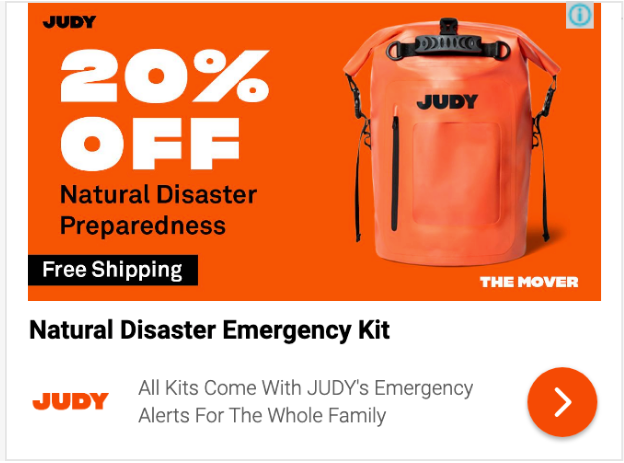

This is probably a Responsive Display Ads. I also tracked down a text version:


Both ads were pushing a 20% offer, probably something that was part of a prior campaign.
Because they are driving a ton of traffic to the site from other places, I think there is an opportunity to also run Dynamic Remarketing Ads on the Google Display Network.
Hitting the same user cross-channel (they find your site via Facebook and then see your banner again on another site) is usually is very effective.
Since they have a very limited amount of products, and a clear offer (the kit to push), I think that approach would work quite well for them.
The Judy Scoreboard
Money time!
The Scoreboard is the part where we pull everything together to find out how much money Judy is making (or losing) with their Google Ads campaigns.
Gross margin
There isn’t much to find about the average margins in the emergency kit or survival space. But I did find this post where someone compared the products available on AliExpress to the sales price.
Margins quoted were in the 80-90% range.
I don’t think a comparison of the Judy products with AliExpress is fair, but I do feel like they are able to charge a high premium because of their brand. So a 70% gross margin is a pretty conservative estimate.
Average order value
Their product range varies from $45 for their first aid kit to $390 for the bundle offer that they are pushing.
With the bestselling Shopify trick (add “?sort_by=best-selling” on the collections page), we can see that the most popular product is The Mover Max, at $180.
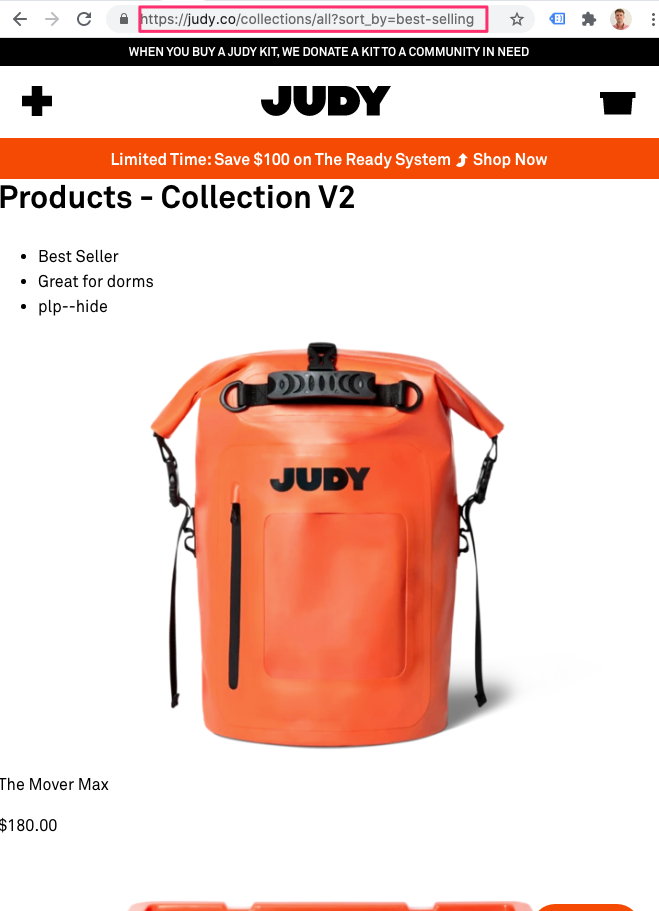

The second most sold product is The Safe, at $250.
So I think it’s safe to assume a $200 Average order value.
Judy Customer Acquisition Cost
So if we put all of this together, what is the customer acquisition cost for Judy?
As usual, we start out by looking at what it would mean if the team over at Judy plows all its profits back into customer acquisition.
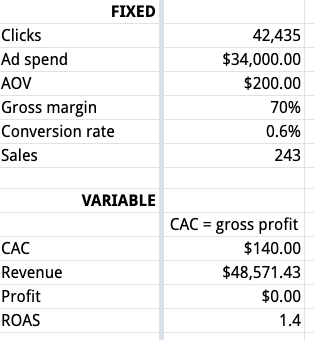

Because of the high margins, they would break even at a CAC of $140. Which would result in a revenue of $48,571.43.
Now let’s look at what happens at lower CACs:


To hit a CAC of $84, they would need 1% of people to convert, which isn’t too far fetched considering the high AOV.
So in what follows, I’ll use those values in my model.
Judy Life Time Value
How many emergency kits can you sell to a single customer?
I think most people will buy only one, but some might buy an extra one for their car or in their weekend home. I could be wrong about since they are pushing their bundle of three products pretty hard.
But I have no doubt that their new product development is crucial to keep selling to existing customers.
One obvious product are add-ons or replacement parts.
In the model, let’s keep it conservative and say they’re able to generate an extra $20 from each customer, a 10% repurchase rate, that would result in and extra $5700 in profit per month:
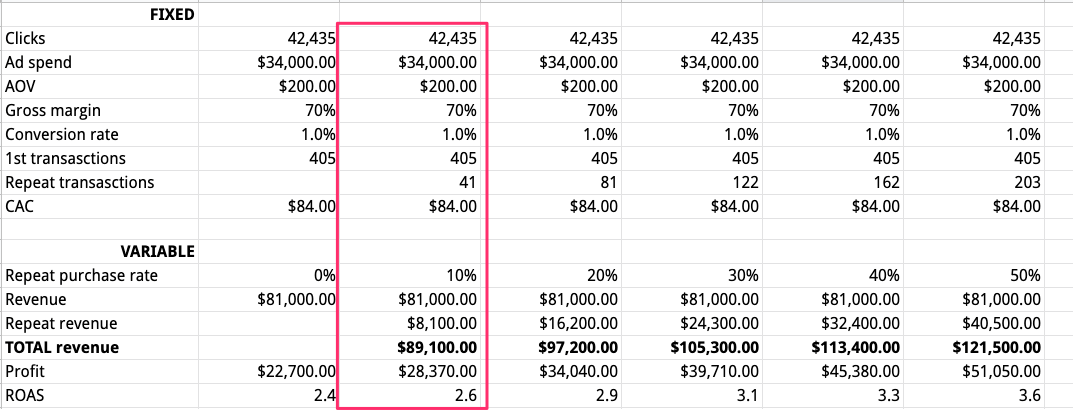

So if we add everything together, Judy spend a total of $34,000 a month on Google Ads. For that spend, they generate $89,100 in revenue. 31% of that, or $28,370 of that is gross profit.
That’s it for our teardown of the Judy Google Ads campaigns!
What did you find most surprising in this analysis? Let us know in the comments!


